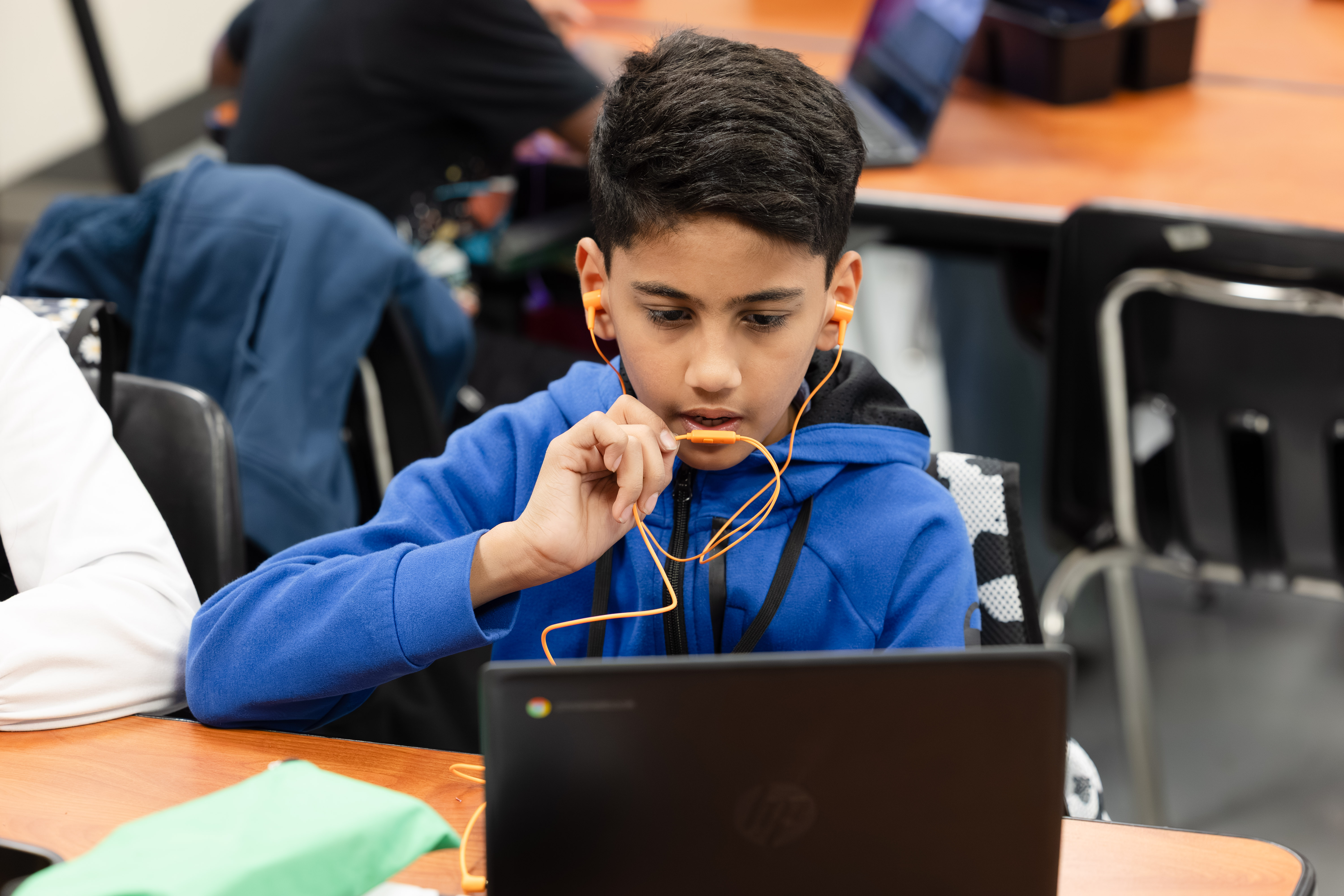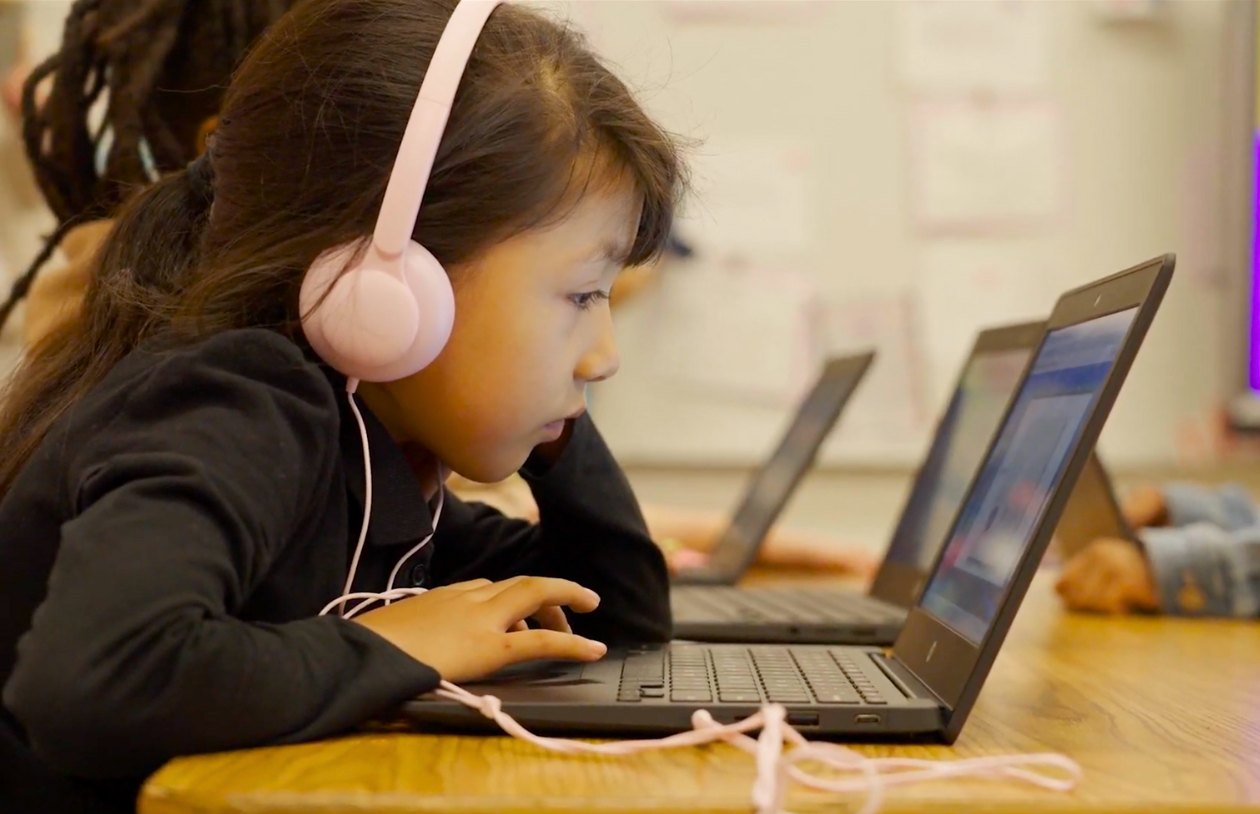3 Steps to Address Unfinished Learning in Middle School

Why It’s So Important to Address Unfinished Learning
Unfinished learning can be a huge obstacle for middle school students during a transitional shift to independent learning. This is especially true for students with learning gaps in literacy, as reading to learn is a major part of middle school curriculum.
Reading comprehension can directly impact students’ success in other core subjects. Luckily, by implementing literacy screeners, analyzing data, and instructing with intention, middle school educators can address unfinished learning and help their students achieve academic success.
How to Address Unfinished Learning in the Middle School Classroom
Here we outline three steps to help educators address unfinished learning in their middle school classrooms.
Step 1: Plan & Schedule Screener Assessments
A problem cannot be addressed unless it is first identified. This is why the first steps to addressing unfinished learning are planning, scheduling, and implementing screener assessments.
Literacy skills have many components, and each component impacts how well a student reads. Educators should plan to give students a robust and comprehensive screener that covers all major components of literacy and provides insight into specific areas where unfinished learning is present. The purpose of a screener is not to grade or evaluate students, but rather to gain insight on their unique needs. Especially at the beginning of the year, a quality screener can create a roadmap for closing learning gaps by highlighting strengths, weaknesses, and trends in a classroom.
The great news is that teachers do not have to reinvent the wheel since many pre-existing literacy screeners do an excellent job of measuring students’ needs and growth while saving educators time. Istation offers a monthly screener called Istation’s Indicators of Progress (ISIP). Students automatically take this screener the first time they log in to the program each month.
Implementing a research-based, comprehensive literacy screener like ISIP is the perfect starting point for addressing unfinished learning.
Step 2: Analyze Data with Intention
After an educator has administered a screener, it’s time to take a deep dive into the data. This is where teachers are able to identify and target specific goals and areas of need. This step should be very strategic and intentional as educators look for specific skills and concepts where unfinished learning is apparent.
While analyzing the data, teachers should be not only looking for students’ individual learning gaps but also identifying trends and patterns among small groups of students and the whole class. During this process, an educator may find that one student struggles immensely with vocabulary, a handful of students struggle with sequencing, and the majority of the class needs help with comprehending nonfiction texts. This valuable insight will drive instructional decision-making, which we will discuss further in step 3!
An important part of analyzing data is providing students with opportunities for reflection and goal setting. Middle school students are at an age where understanding their own learning needs is crucial to their success. Highlighting strengths and weaknesses with students as well as having them set specific goals and track growth each month can have a huge impact on motivation and success. These also provide students an opportunity to celebrate growth throughout the year, ultimately boosting their confidence.
Analyzing data does not have to be a time-consuming or draining process. Using a digital assessment platform can save teachers time by automatically displaying data in one seamless step. For example, if an educator assesses an entire class with ISIP, Istation not only identifies class-wide results and trends, but it creates personalized data profiles for each student. Then the program offers potential small-group pairings based on students’ similar learning needs.
Step 3: Plan Data-Driven, Needs-Based Instruction
After implementing screeners and carefully analyzing data, it’s time to put all of that hard work into action! Planning instruction around students’ strengths and opportunities for improvement is a powerful tool for addressing unfinished learning. Educators should use data to decide what skills and concepts to focus their energy on as well as what classroom structures will work best.
Let’s return to the example from step 2, where one student struggles with vocabulary, some students struggle with sequencing, and most students struggle with comprehending nonfiction texts. With the entire class showing unfinished learning in nonfiction texts, the teacher can deduce that whole-group lessons on this topic will be relevant and beneficial for all their students. However, whole-group lessons on vocabulary and sequencing would not be a valuable use of time as only a small percentage of students need such support.
Instead, the teacher may decide to deliver small-group sequencing lessons twice a week with only the students who need them. Similarly, the teacher may choose to do one-on-one vocabulary work with the student who needs it or even assign digital lessons and independent work in that domain.
Planning needs-based instruction is all about using your data to evaluate where, when, and how your time in the classroom will be best spent. Planning for data-driven whole-group, small-group, and one-on-one interventions will target unfinished learning and help students thrive.
While unfinished learning is an issue many middle school educators face, it is a challenge that can be overcome! By carefully assessing students’ needs and planning and presenting intentionally targeted lessons, teachers can help students close learning gaps and achieve their goals!
Learn more about how Istation’s comprehensive learning software can help you assess students, analyze data, and plan for needs-based instruction.
Read more from the AI & The Reading Brain Blog


.avif)
